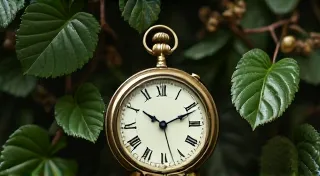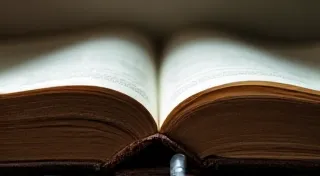The Relic's Resonance: Capturing Authenticity with Digital Typewriter Reproductions
There’s a particular scent that clings to old typewriters – a blend of aged metal, dried ink, and the faint whisper of countless stories typed out across decades. It's a smell that evokes a feeling of quiet contemplation, of deliberate creation in a pre-digital age. As a graphic designer and typography enthusiast, I’m drawn not just to the aesthetics of these machines, but to the tangible connection they represent – a direct line to a time when communication felt more considered, more personal.
My fascination began with my grandfather’s Underwood No. 5. It sat, silent and dusty, in his attic, a hulking monument to his wartime correspondence. I remember the satisfying *clack* of the keys, the resistance of the ribbon, and the almost meditative process of watching letters slowly emerge onto the page. It wasn’t just writing; it was a craft. Recreating the *look* of those letters, the unique personality of each typewriter font, became a quest – a desire to capture that essence in a digital format.
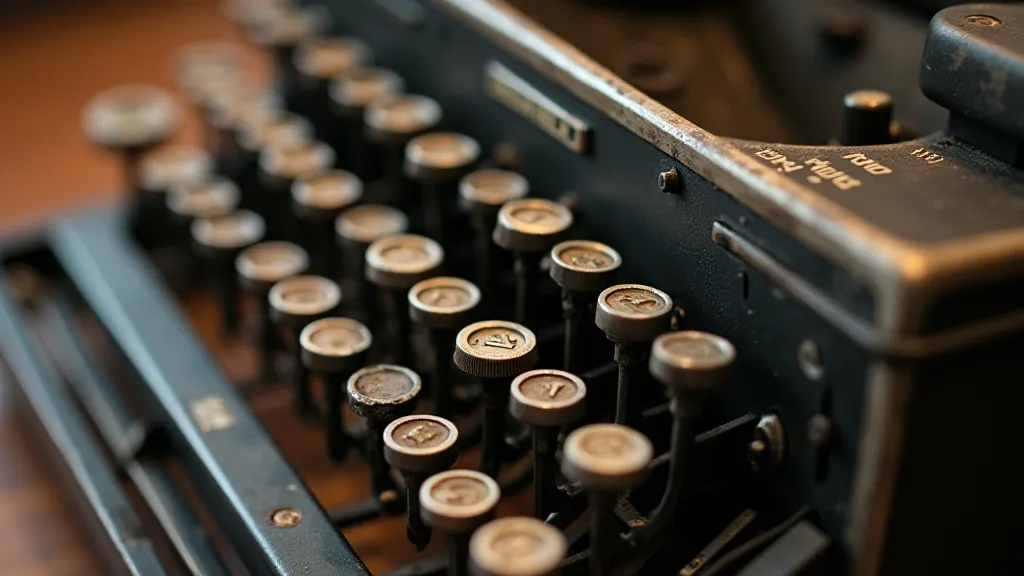
The Challenge of Replication: Beyond Just Shape
It’s a common misconception that replicating a typewriter font is as simple as scanning a few samples and vectorizing them. While that's a starting point, the real challenge lies in capturing the *character* – the subtle imperfections, the uneven ink distribution, the inherent irregularities that define each typeface. These aren’t simply aesthetic choices; they’re the result of the manufacturing process, the age of the machine, and the type of ribbon used.
Consider the Remington No. 10, for instance. Its font is known for its elegant serifs and slightly condensed letterforms. However, the metal type slugs weren’t perfectly uniform. The corners of the letters were often subtly rounded, and the spacing between characters varied slightly due to the wear and tear of years of use. A naive digital reproduction would simply create a sterile, lifeless imitation. To truly capture the Remington's soul, the reproduction had to account for these nuances.
Early digital typefaces often attempted to be "perfect" - crisp, consistently spaced, and flawlessly symmetrical. But that’s precisely what makes them feel disconnected from the originals. The beauty of a typewriter font isn’t in its perfection; it's in its honesty. It's a record of its existence, a physical manifestation of time and use.
The Anatomy of a Typewriter Font
The creation of a digital typewriter font reproduction is, in essence, a meticulous forensic process. It begins with careful observation – not just of the letterforms themselves, but also of the details surrounding them. The letter spacing, the kerning (the space between specific letter combinations), the leading (the space between lines), and even the way the ink bleeds into the paper all contribute to the overall impression.
One key factor often overlooked is the impact of the ribbon. Early ribbons were often made of silk or fabric, and the ink wasn't perfectly consistent. This resulted in variations in the darkness of the letters, with some areas appearing darker than others. Later ribbons improved, but even those exhibited subtle differences based on the ink composition and the printing pressure.
The Underwood Legacy: A Case Study
The Underwood No. 5, perhaps the most iconic of all typewriters, presents a particularly interesting case. Its font is known for its robust letterforms and slightly rounded terminals. Recreating it authentically required understanding the nuances of its manufacturing process. The type slugs were cast from metal, and the casting process wasn’t always perfect. This resulted in subtle variations in the thickness of the letterforms, which are almost imperceptible to the naked eye but crucial for capturing the font’s character.
The process wasn’s just about digitizing the shape of each letter. It was about understanding *how* those letters were created and faithfully reproducing those conditions in a digital environment. This involved experimenting with different shading techniques to simulate the uneven ink distribution and adjusting the spacing to mimic the slight variations in letter width.
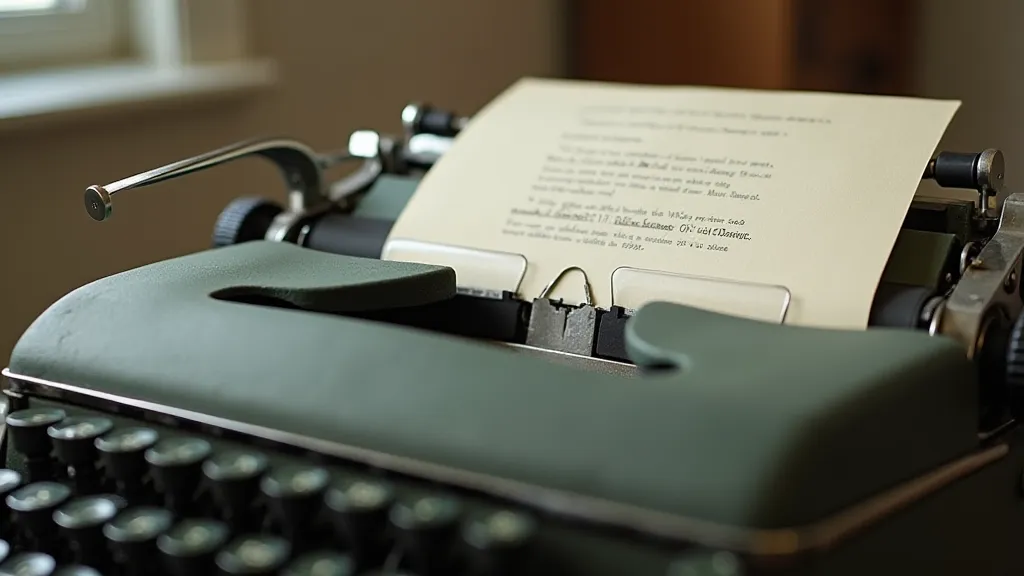
Beyond Reproduction: The Restoration and Collecting Connection
The pursuit of authentic typewriter font reproductions isn't just a creative endeavor; it's also intertwined with the worlds of typewriter restoration and collecting. Restoring a typewriter to its former glory isn't simply about replacing worn parts; it’s about preserving its history. And understanding the nuances of its original font is an essential part of that process.
Similarly, collectors often seek out typewriters that retain their original ribbons and fonts. These are considered to be more valuable, as they offer a more complete and authentic representation of the machine’s history. Having accurate digital reproductions allows enthusiasts to study the fonts in detail, compare them to other models, and appreciate the craftsmanship that went into their creation.
The Future of Retro Typography
The demand for authentic typewriter font reproductions is growing as designers and typography enthusiasts seek to inject a sense of history and character into their work. These fonts offer a unique alternative to the ubiquitous sans-serif and serif typefaces that dominate the digital landscape. They evoke a sense of nostalgia and craftsmanship, connecting us to a time when communication felt more deliberate and personal.
The challenge now lies in continuing to refine these reproductions, to push the boundaries of digital typography and to capture even more subtle nuances of the original typewriter fonts. As technology advances, we can expect to see even more sophisticated techniques for simulating the tactile and visual qualities of antique typewriters, bringing these relics of the past to life in a digital format.
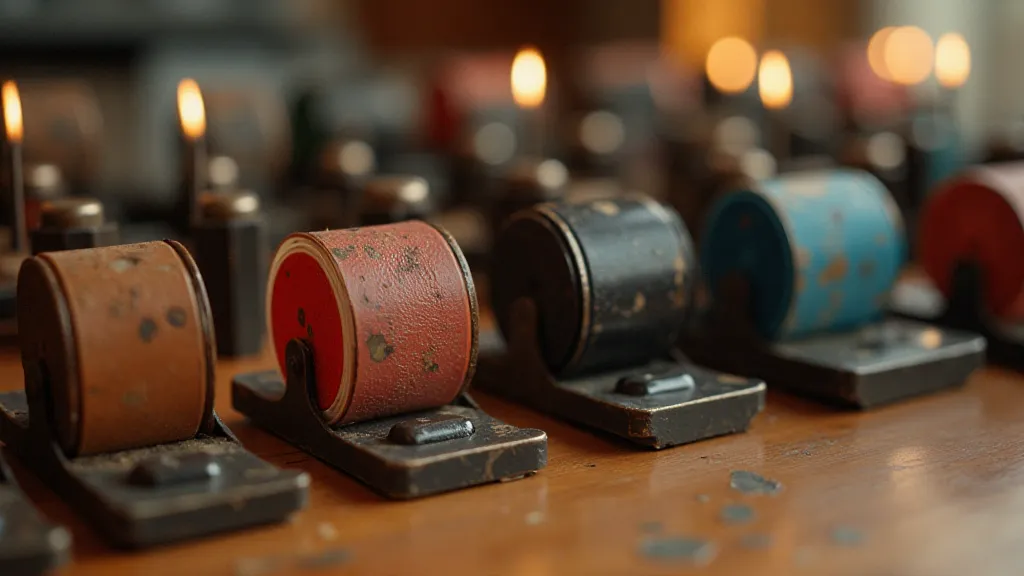
Ultimately, these digital typewriter reproductions are more than just fonts; they’re digital artifacts – tangible connections to the past, allowing us to experience the beauty and character of antique typewriters in a new and accessible way. They're a reminder that even in the digital age, there's still value in embracing imperfection and appreciating the enduring power of craftsmanship.



